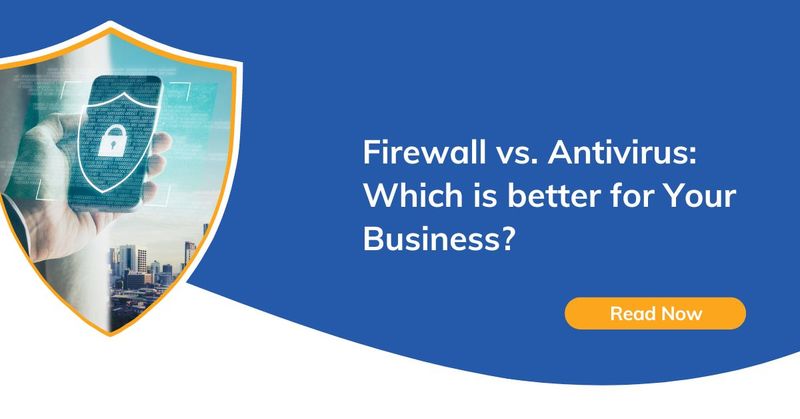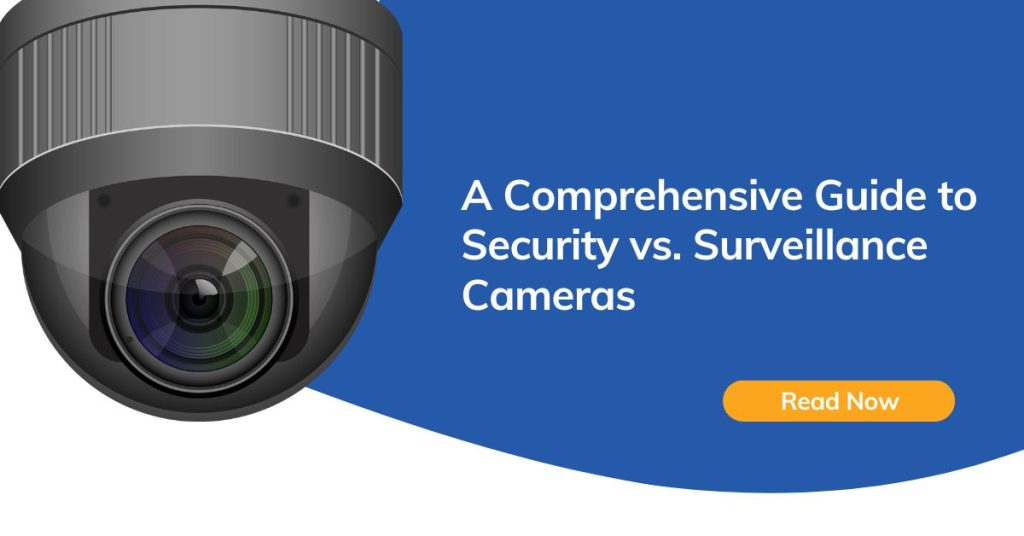In today’s digital landscape, data breaches pose a significant threat to businesses of all sizes. With cybercriminals becoming more smarter than earlier, traditional security methods are now no longer enough to protect sensitive and important information. As we move into 2024, The organizations must find our advanced Data Loss Prevention (DLP) strategies to prevent breaches, safeguard data and ensure regulatory compliance. With Dubai’s rapidly growing digital economy, it is really important for companies to take smart steps to protect their sensitive data.
Understanding the Importance of DLP

The Data Loss Prevention process involves a set of tools and processes designed to find,detect, prevent, and mitigate the risk of data breaches, misuse, or unauthorized access. In 2023, the average cost of a data breach reached $4.45 million globally, a figure that continues to rise each year, according to the IBM Security Report. With this in mind, businesses in Dubai and around the world must prioritize DLP solutions to protect their financial stability, brand reputation, and customer trust.
Key DLP Techniques
Several DLP techniques have proven highly effective in reducing the risk of data breaches. These methods, when implemented strategically, can help safeguard an organization’s most valuable assets—its data.
1. Data Encryption
Encrypting sensitive data, both in transit and at rest, is a fundamental DLP technique that ensures that even if cybercriminals gain access to your systems, they cannot read or exploit the data. Encryption transforms readable data into an encoded format that can only be decrypted by authorized users with the correct key. This is particularly crucial for industries like healthcare and finance in Dubai, where data privacy regulations are stringent, such as the UAE Data Protection Law and GDPR compliance.
Fact: According to a report by Cybersecurity Ventures, organizations that adopt encryption technologies experience 45% fewer financial losses due to data breaches.
2. User Behavior Monitoring
Insider threats—both accidental and malicious—are one of the most common causes of data breaches. In 2024, advanced DLP tools incorporate user behavior monitoring to track and analyze employee activities, helping organizations detect suspicious behavior. For example, if an employee starts downloading large amounts of data or accessing files outside of their usual scope, the system will flag these anomalies for further investigation.
As highlighted in our article on how endpoint DLP solutions protect against insider threats, monitoring user activities is crucial for identifying unusual behavior, such as unauthorized access or data exfiltration, which can often result from insider threats. For businesses in Dubai with a large, diverse workforce, user behavior monitoring helps ensure that access to sensitive data is tightly controlled.
3. Endpoint Protection
With the rise of remote and hybrid work environments, employees are accessing sensitive data from various devices, including personal laptops, tablets, and smartphones. This increased exposure to potential vulnerabilities makes endpoint protection more important than ever. Endpoint DLP tools monitor and secure every device that connects to a company’s network, preventing unauthorized access and potential data leaks.
Fact: In 2023, 68% of organizations in the UAE reported an increase in endpoint attacks, according to a survey by the Middle East Institute for Cybersecurity.
4. Data Classification
Not all data is created equal, and organizations must classify their data based on sensitivity and value. Classifying data allows businesses to apply different levels of security to different types of information. For example, highly sensitive financial or customer data may require stronger encryption and more restrictive access controls than internal memos or marketing materials. By organizing data based on its importance, companies can focus their DLP efforts where they matter most.
5. Cloud-Based DLP Solutions
As more businesses in Dubai transition to the cloud, traditional on-premise DLP solutions are no longer sufficient. Cloud-based DLP solutions provide real-time monitoring and protection across distributed networks, ensuring that sensitive data remains secure, regardless of where it is stored or accessed. Cloud DLP tools also help businesses maintain compliance with industry regulations while benefiting from the scalability and flexibility of cloud computing.
Fact: By 2024, 70% of businesses in the UAE are expected to operate in cloud environments, making cloud DLP solutions a critical investment for data security.
The Future of DLP in 2024
Looking ahead to 2024, DLP solutions will continue to evolve in response to the ever-changing cybersecurity landscape. Artificial intelligence (AI) and machine learning (ML) will play increasingly important roles in detecting and preventing data breaches. These technologies can analyze large volumes of data in real-time, identify patterns that signal potential threats, and take preemptive action to mitigate risks. Additionally, organizations will need to adopt more comprehensive DLP strategies that go beyond technological solutions and include employee training, data governance policies, and regular audits.
In Dubai, where digital transformation is accelerating at an unprecedented rate, businesses must stay ahead of the curve by implementing cutting-edge DLP techniques. Failure to do so could result in significant financial losses, reputational damage, and regulatory penalties.
Conclusion
As data breaches become more frequent and costly, businesses in Dubai and across the globe cannot afford to ignore the importance of Data Loss Prevention. By adopting advanced DLP techniques—such as data encryption, user behavior monitoring, endpoint protection, and cloud-based solutions—organizations can protect their data, ensure compliance with local regulations, and build trust with customers. Moreover, integrating AI and machine learning into DLP strategies will provide even greater security in the years to come.
Staying ahead of the new cybersecurity trends and important information because it is crucial to protect your organization’s future. Don’t wait until a breach happens—take action now to protect your data and your bottom line.




